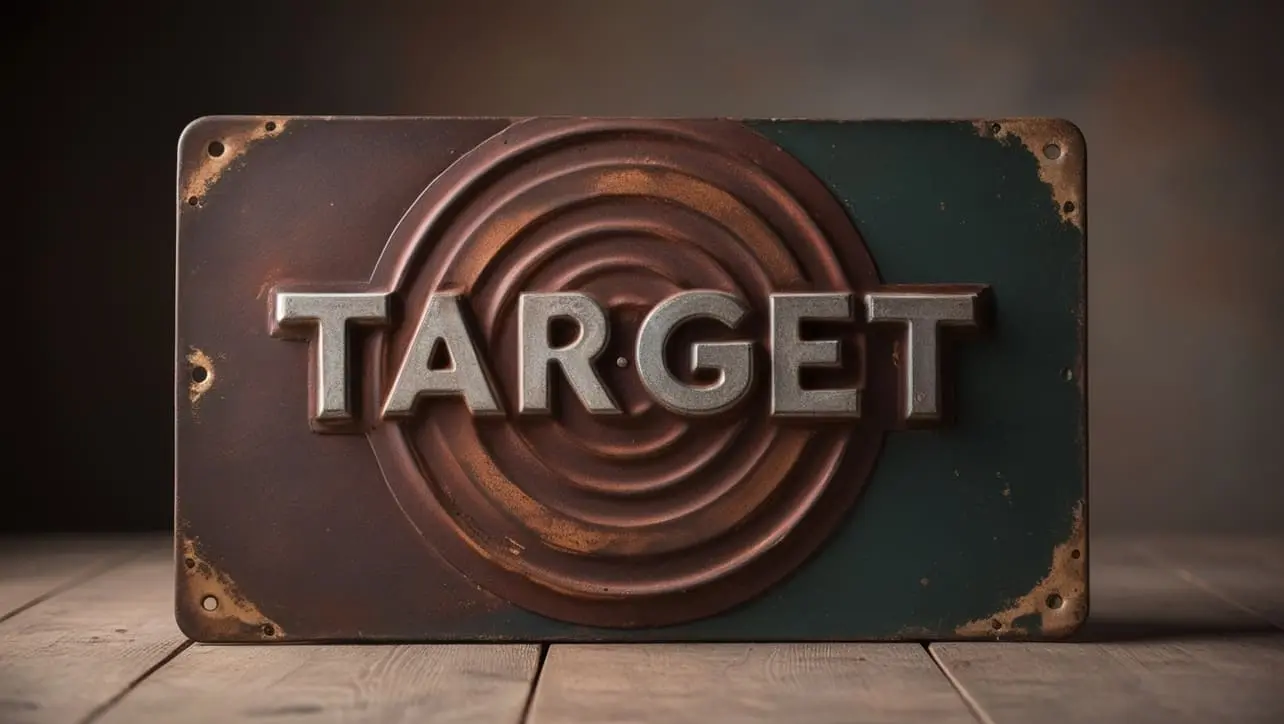
jQuery Topics
- jQuery Introduction
- jQuery Callbacks
- jQuery deferred
- jQuery selectors
- jQuery Ajax Events
- jQuery Ajax Methods
- jQuery Keyboard Events
- jQuery Keyboard Methods
- jQuery Form Events
- jQuery Form Methods
- jQuery Mouse Events
- jQuery Mouse Methods
- jQuery Event Properties
- jQuery Event Methods
- jQuery HTML
- jQuery CSS
- jQuery Fading
- jQuery Traversing
- jQuery Utilities
- jQuery Properties
jQuery event.target Property

Photo Credit to CodeToFun
🙋 Introduction
In jQuery, event handling plays a crucial role in creating interactive web pages. One fundamental aspect of event handling is understanding the event.target property. This property refers to the HTML element that triggered the event. Mastering the event.target property empowers you to precisely target and manipulate elements based on user interactions.
In this guide, we'll explore the usage of the jQuery event.target property with practical examples to help you grasp its significance.
🧠 Understanding event.target Property
The event.target property represents the HTML element that initiated the event. It allows you to access and manipulate this element within event handler functions. Understanding event.target is essential for implementing dynamic behavior based on user interactions, such as click events, mouse events, and keyboard events.
💡 Syntax
The syntax for the event.target property is straightforward:
event.target📝 Example
Accessing Clicked Element:
Suppose you have multiple buttons, and you want to determine which button was clicked. You can achieve this by accessing the
event.targetproperty within the click event handler:index.htmlCopied<button id="button1">Button 1</button> <button id="button2">Button 2</button> <button id="button3">Button 3</button>example.jsCopied$("button").click(function(event) { console.log(event.target.id); });This will log the ID of the clicked button to the console.
Modifying Clicked Element:
You can also modify the clicked element or perform actions based on its properties using
event.target. For instance, let's change the text of a clicked button:index.htmlCopied<button id="myButton">Click Me</button>example.jsCopied$("#myButton").click(function(event) { $(event.target).text("Clicked!"); });This will change the text of the clicked button to Clicked!.
Delegating Events:
The
event.targetproperty is particularly useful when delegating events to parent elements. This allows you to handle events for dynamically added elements. For example:index.htmlCopied<ul id="myList"> <li>Item 1</li> <li>Item 2</li> <li>Item 3</li> </ul>example.jsCopied$("#myList").on("click", "li", function(event) { console.log($(event.target).text()); });This will log the text of the clicked list item, even if new list items are added dynamically.
🎉 Conclusion
The jQuery event.target property provides a powerful mechanism for accessing and manipulating the HTML element that triggered an event. Whether you need to determine the source of an event, modify the element's properties, or delegate events for dynamic content, understanding event.target is essential for effective event handling in jQuery.
By mastering its usage, you can create more responsive and interactive web pages with ease.
👨💻 Join our Community:
Author

For over eight years, I worked as a full-stack web developer. Now, I have chosen my profession as a full-time blogger at codetofun.com.
Buy me a coffee to make codetofun.com free for everyone.
Buy me a Coffee












If you have any doubts regarding this article (jQuery event.target Property), please comment here. I will help you immediately.